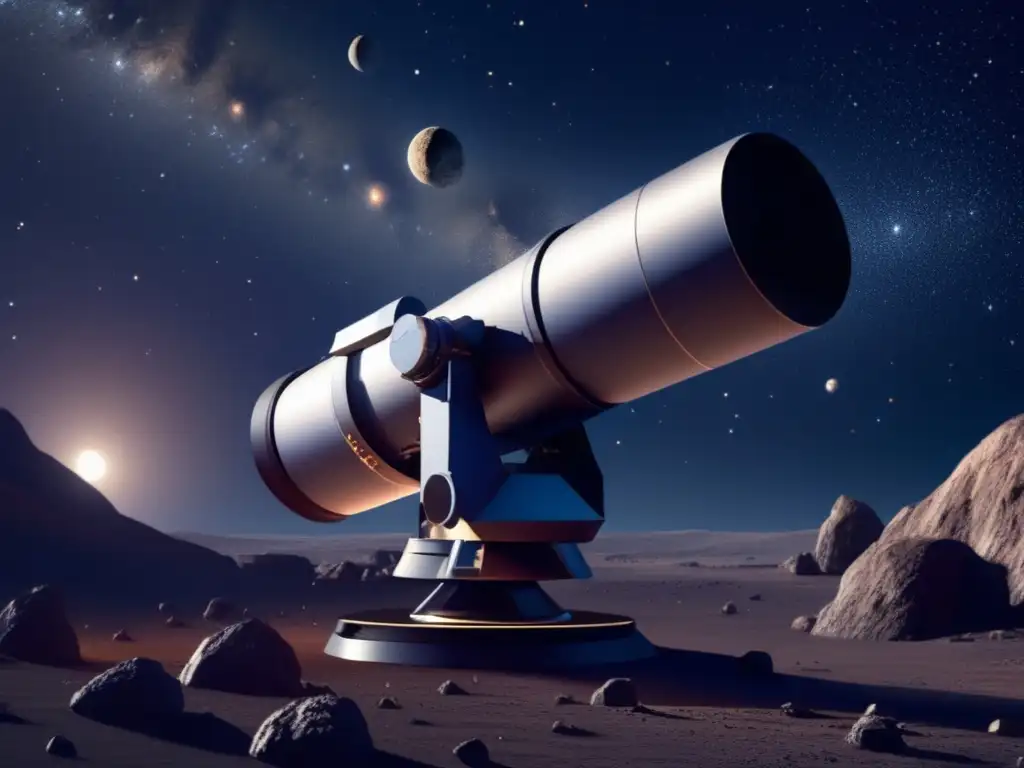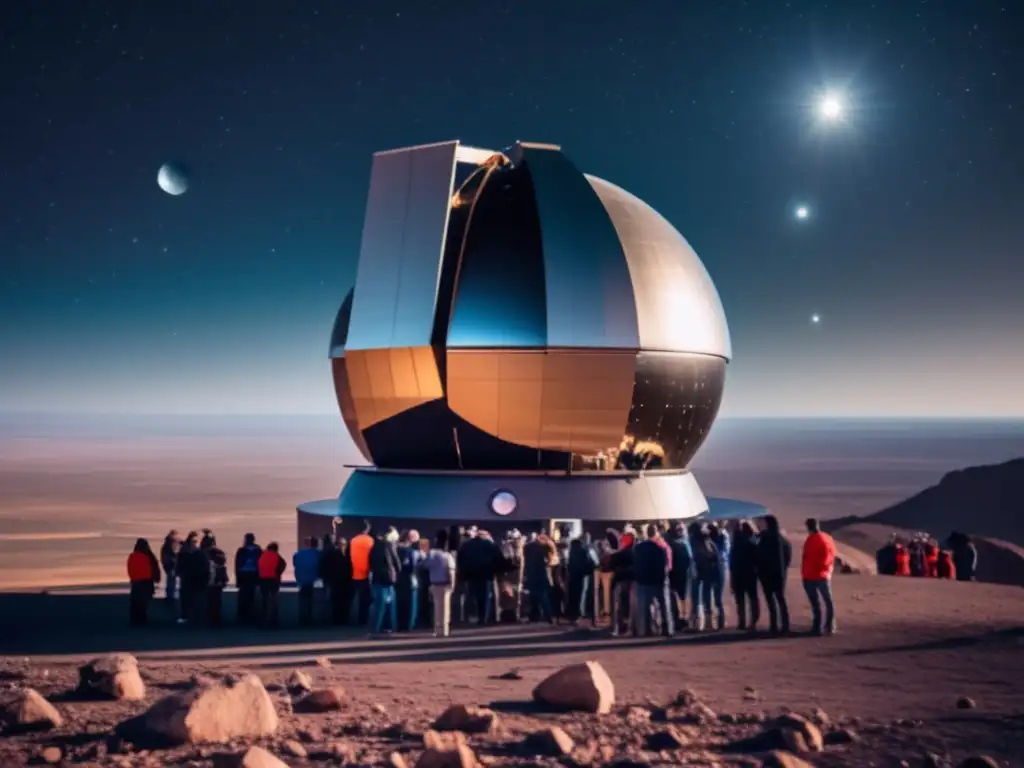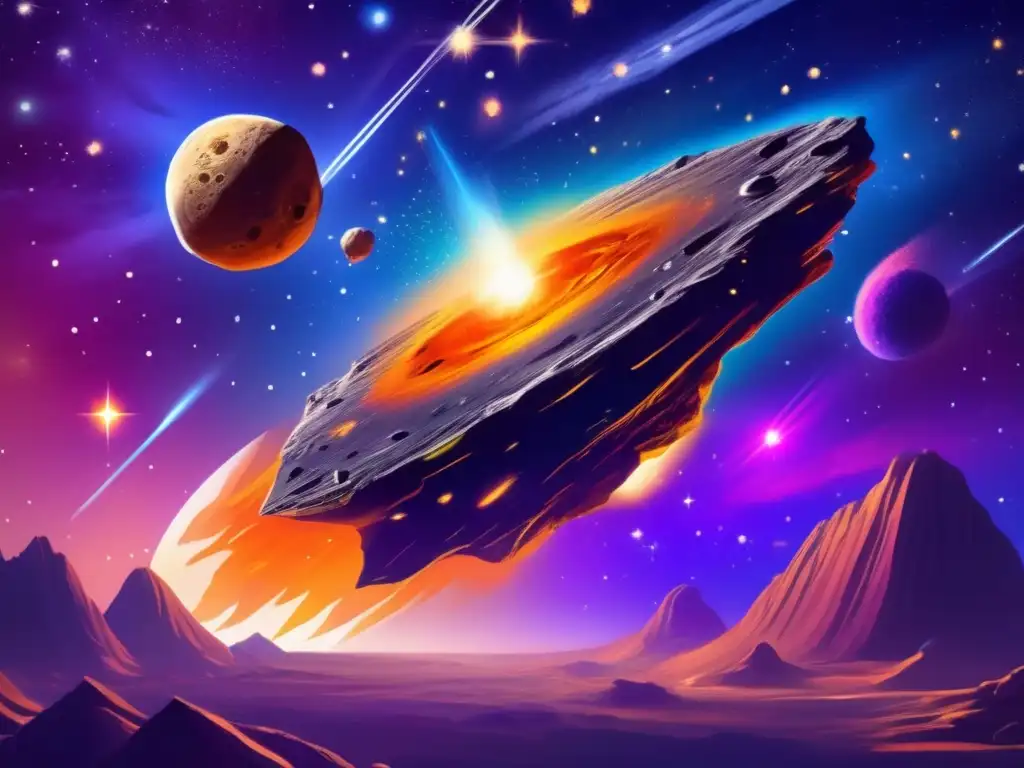The Asteroid Hunters: Pioneers In Space Rock Discovery

Introduction
Asteroids have fascinated scientists and astronomers for centuries, and the study of these space rocks has provided us with valuable insights into the formation of our solar system. Over the years, numerous individuals and organizations have contributed to the discovery and exploration of asteroids, helping us better understand these celestial objects.
The Early Days of Asteroid Discovery

The First Asteroid Discovery
In 1801, Italian astronomer Giuseppe Piazzi discovered the first asteroid, Ceres, while searching for the missing "planet" between Mars and Jupiter. This discovery led to the detection of other small bodies orbiting in the same region of the solar system, which were later classified as asteroids.
The Dawn of Professional Asteroid Hunting
Professional asteroid hunting began in the late 1800s, with several observatories around the world dedicating resources to the search for new asteroids. One of the most famous asteroid hunters of this period was Max Wolf, who worked at the Heidelberg Observatory in Germany. Wolf discovered over 200 asteroids during his career, making significant contributions to the field of asteroid astronomy.
The Rise of Automated Detection Methods
In the 1970s, automated detection methods were introduced, making it easier and faster to detect asteroids. One of the most significant advances was the use of charge-coupled devices (CCDs) to capture images of the night sky. CCDs are more sensitive than traditional photographic plates, allowing for faster and more accurate asteroid detection.
The Modern Era of Asteroid Discovery

NASA's Discoveries
NASA has been at the forefront of asteroid research in recent years, with several successful missions to study and explore these space rocks. One of NASA's most significant discoveries was the asteroid Eros, which was visited by the NEAR Shoemaker spacecraft in 2000. The mission provided valuable data on the composition and structure of the asteroid.
The Pan-STARRS Survey
The Panoramic Survey Telescope and Rapid Response System (Pan-STARRS) is a robotic telescope located in Hawaii that scans the sky for asteroids and other celestial objects. The survey has discovered thousands of new asteroids, including several potentially hazardous ones.
The Catalina Sky Survey
The Catalina Sky Survey is a project based at the University of Arizona that uses telescopes in Arizona and Australia to search for asteroids. The survey has discovered over 8,000 asteroids since it began operations in 1998, making it one of the most successful asteroid detection programs in the world.
Frequently Asked Questions

-
What is an asteroid?
An asteroid is a small, rocky object that orbits the sun. Most asteroids are found in the asteroid belt between Mars and Jupiter, but some can be found in other regions of the solar system.
-
How do astronomers detect asteroids?
Astronomers use telescopes to detect asteroids by looking for moving objects in the night sky. Automated detection methods, such as CCDs, have made it easier to detect asteroids.
-
Have any asteroids ever collided with Earth?
Yes, there have been several asteroid impacts on Earth throughout history, the most famous of which is the one that caused the extinction of the dinosaurs around 65 million years ago.
-
What is the size of the largest asteroid?
The largest asteroid is Ceres, which has a diameter of approximately 590 miles (940 kilometers).
-
What is the significance of studying asteroids?
Studying asteroids can provide valuable insights into the formation and evolution of our solar system. They can also help us better understand potential hazards that could impact Earth in the future.
Conclusion
Asteroid astronomy has come a long way since the discovery of Ceres over 200 years ago. Thanks to the work of numerous scientists, organizations, and space agencies, we now have a better understanding of these fascinating objects and their place in our solar system. As we continue to explore and study asteroids, we will undoubtedly uncover even more secrets about our cosmic neighbors.
Thank you for taking the time to read this article on asteroid discovery. If you have any questions or comments, please feel free to leave them in the comment section below. Be sure to subscribe to www.asteroidrealm.com for more informative articles on asteroids and space exploration.
Additional Resources

Here are some additional resources for those interested in learning more about asteroid discovery:
 Asteroid 16 Psyche: The Golden Asteroid
Asteroid 16 Psyche: The Golden Asteroid Exploring Mathilde: A Journey To A Carbonaceous Asteroid
Exploring Mathilde: A Journey To A Carbonaceous Asteroid The Epic Discovery Of Quaoar In The Kuiper Belt
The Epic Discovery Of Quaoar In The Kuiper BeltIf you want to discover more articles similar to The Asteroid Hunters: Pioneers In Space Rock Discovery, you can visit the Asteroid Discoveries category.
Leave a Reply

Articulos relacionados: